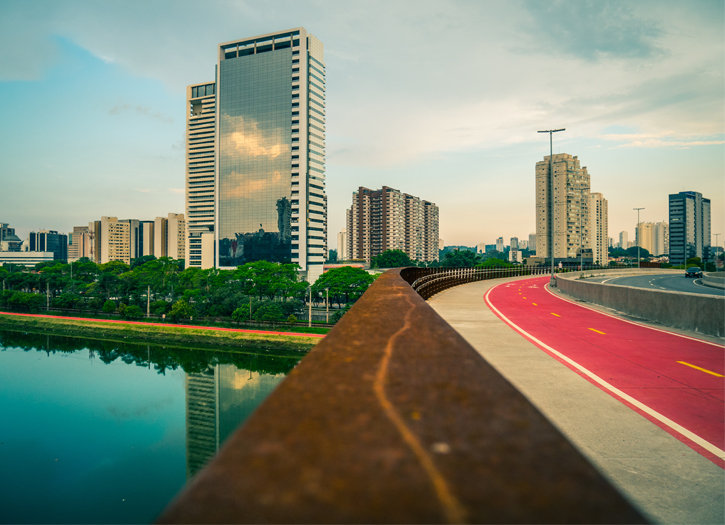The COVID-19 pandemic was confirmed to have reached South America on 26 February 2020 when Brazil confirmed a case in São Paulo. By 3 April, all countries and territories in South America had recorded at least one case. On April 17, the highest number of cases and deaths was registered in Brazil, followed by Peru and Chile in the number of confirmed cases.
As of June 26, South America has more than 2 million confirmed cases and more than 81,000 deaths. However, due to a dearth of testing and medical facilities it is believed that the outbreak is far larger than the official numbers show.With more than 1 million confirmed cases and over 50,000 deaths as of June 2020, Brazil is one of the worst affected countries in the world.The COVID-19 pandemic in Argentina is part of the worldwide pandemic of coronavirus disease 2019 (COVID-19) caused by severe acute respiratory syndrome coronavirus 2 (SARS-CoV-2). On 3 March 2020, the virus was confirmed to have spread to Argentina. As of 14 July 2020 a total of 106,897 people were confirmed to have been infected, and 1,968 people were known to have died because of the virus.
The virus was confirmed to have spread to Brazil on 25 February 2020, when a man from São Paulo tested positive for the virus. On 19 June 2020, the country reported its 1 millionth case; at this time, there had been nearly 49,000 reported deaths. As of June 2020, Brazil has the second-highest number of confirmed COVID-19 cases in the world behind the United States.The pandemic has triggered a variety of responses from federal, state and local governments, having an impact on politics, education, the environment, and the economy.
As of 12 July 2020, Chile has the third largest number of cases in South America, after Brazil and Peru, and the seventh largest in the world. Considering its population, Chile has one of the worst outbreaks in the world,with more than 16,000 cases and 577 deaths per million inhabitants. Initially, the number of fatalities reported was lower than other countries in the region, even with less cases. However, in May 2020 the number of cases and deaths increased rapidly, while several sources reported additional numbers of excess deaths not counted. By June 2020, the government confirmed thousands of additional deaths due to COVID-19, including suspected cases where PCR tests were not available.By July 2020, the number of deceased surpassed 10,000 people.
The impact of the pandemic has been great in the South American country. In March 2020, when the first cases of COVID-19 appeared, the country was still facing protests and riotsthat had begun in October 2019, and the pandemic affected the scheduled 2020 Chilean national plebiscite, which was rescheduled. Partial lockdowns and quarantines were established in the first months, hitting the economy of the country. By April 2020, unemployment had reached 9%, a record-high level in the past 10 years,while the economy had shrunk by 14.1%.
As of 31 March, there have been 2240 confirmed cases, plus 75 deaths linked to COVID-19. The Health Ministry also reported 61 deaths probably related to COVID-19.Ecuador was described in April as emerging as the “epicentre” of the pandemic in Latin America. The Guayas Province was particularly strongly affected, with thousand of excess deaths reported compared to the figure for a normal period. It was reported on 17 April that 10,939 people had died in six weeks since the start of March in the Guayas Province, compared to a normal figure of 3,000 for the province.
The virus was confirmed to have reached Guyana on 11 March 2020. The first case was a woman who traveled from New York, a 52-year-old woman suffering from underlying health conditions, including diabetes and hypertension.The woman died at the Georgetown Public Hospital. The virus was reported to have spread to Peru on 6 March 2020 when a 25-year-old man who had travelled to Spain, France and the Czech Republic tested positive. On 15 March 2020, President Martín Vizcarra announced a country-wide lockdown, closing borders, restricting domestic travel, and forbidding nonessential business operations—excluding health facilities, food vendors, pharmacies, and financial institutions.







Add Comment
You must be logged in to post a comment.